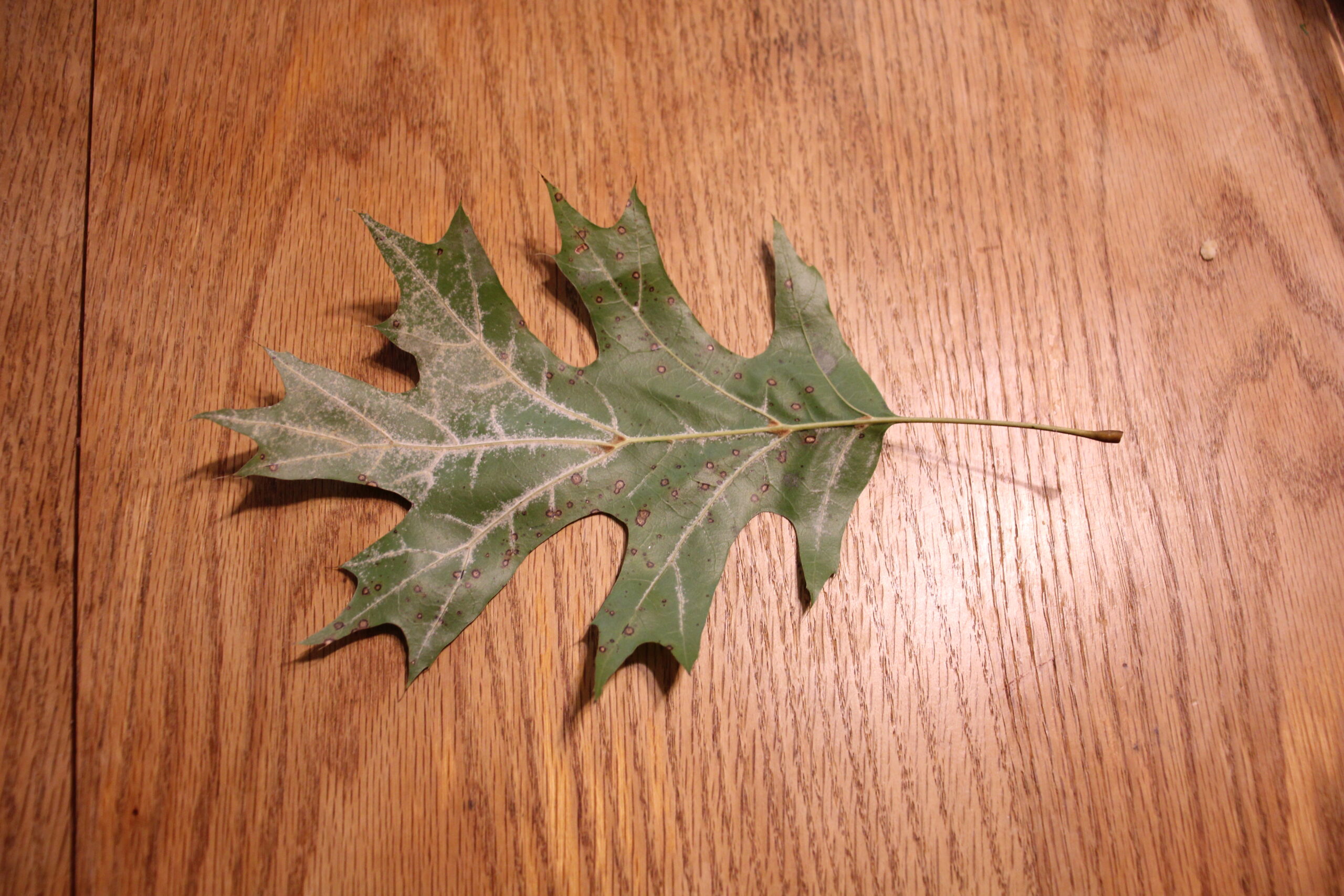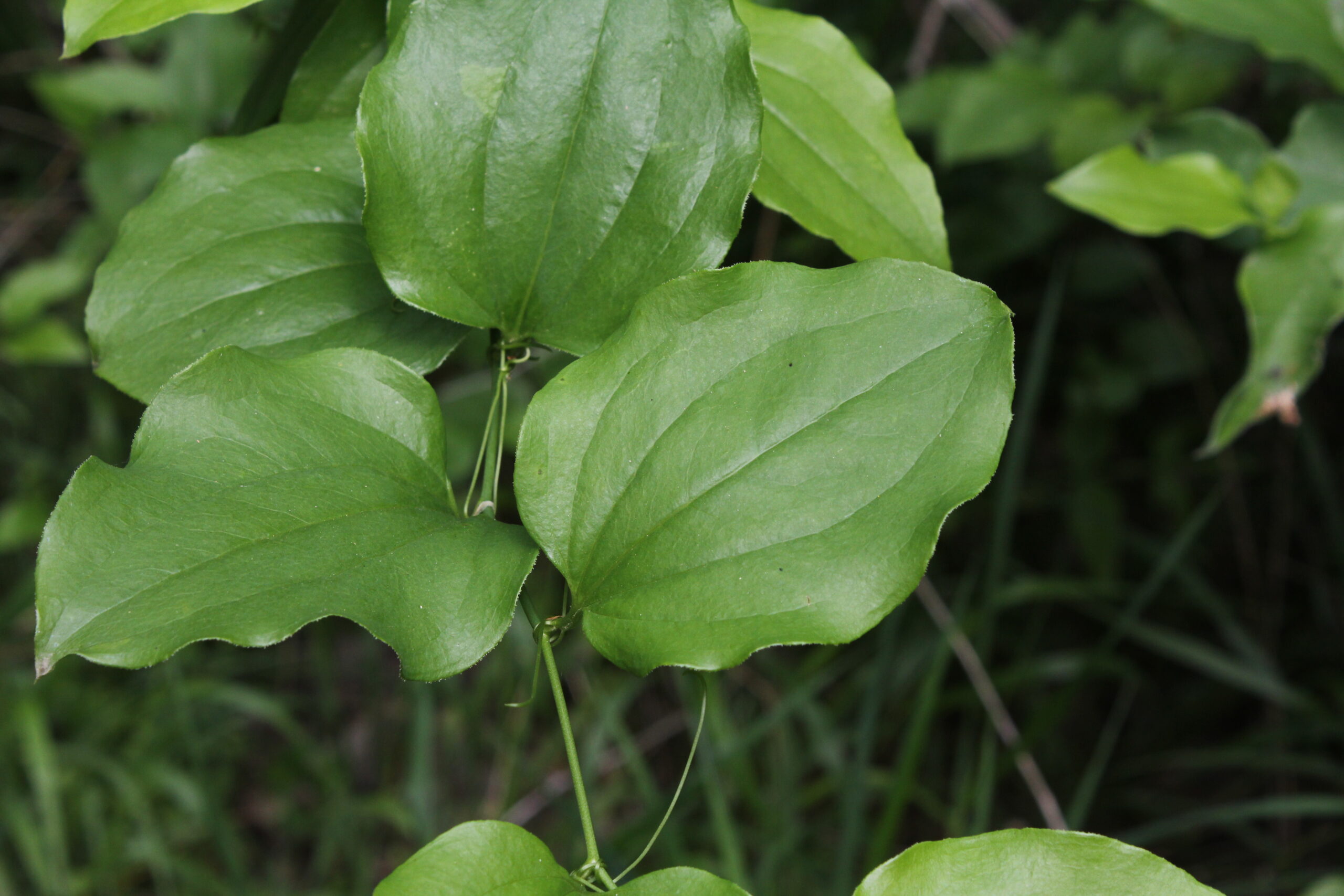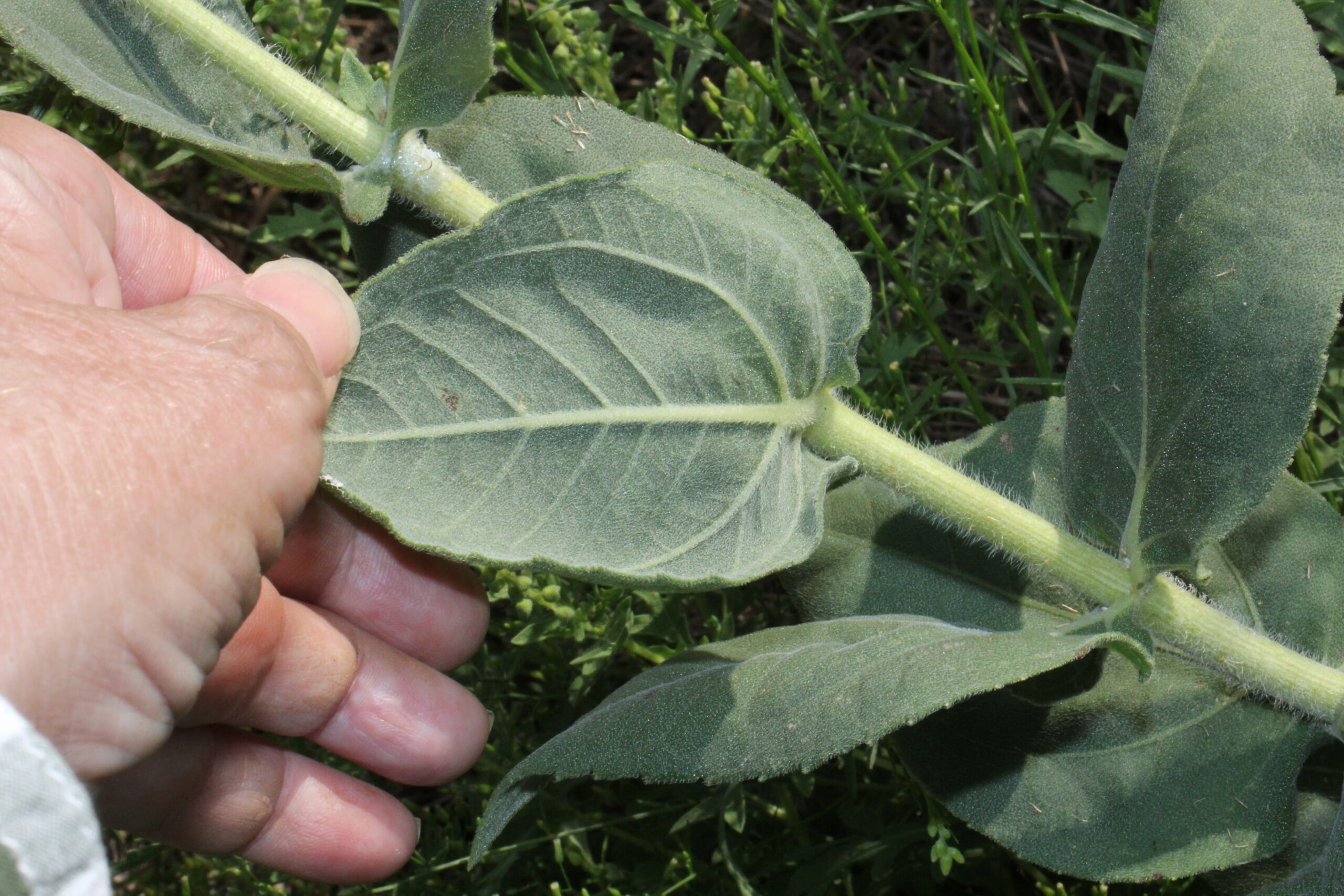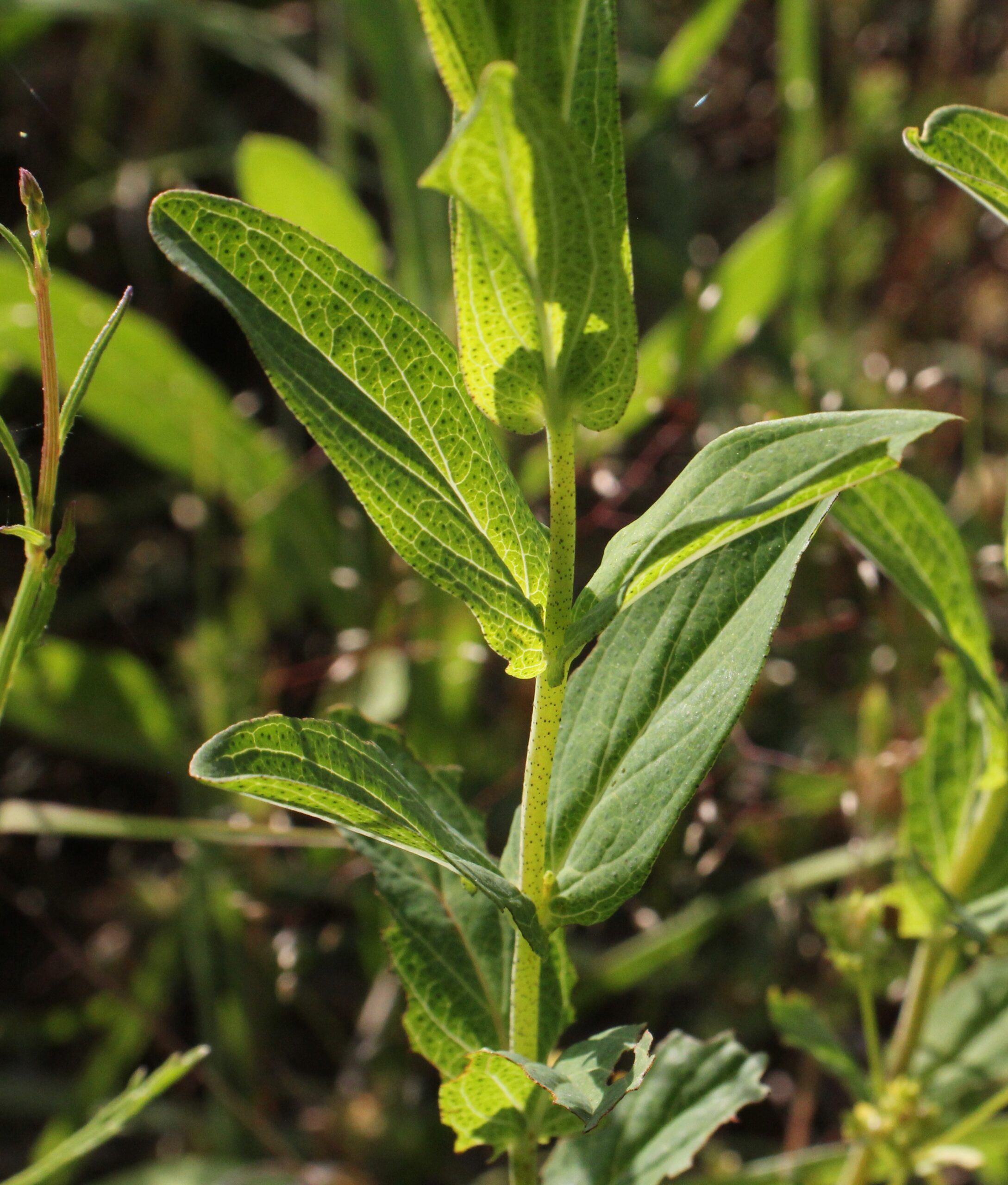“anastomose/anastomosing”
I love botany and I love words. Botany gives me a whole new quiver full of words to deploy in Bananagrams and Scrabble, and having words to describe things makes it much easier to think about those things. This year, I learned a new botany word while researching for a program I’d been thinking about for a long time. I wanted to show people who can’t yet see plants as individuals how to approach looking at plants and which features of a plant they should look at. There were far too many posts on foraging websites with frighteningly terrible IDs of wild plants, and the thought that “plant blindness” is real in our society had hit me hard.
Every non-primitive leaf has a pattern of veins running through it. Those veins can tell a lot about plant family ID and in many cases the genus and species ID. In one case, those veins can help distinguish the most deadly toxic plant in North Texas from its harmless lookalikes. Like human veins, leaf veins carry essential fluids around the tissues of the leaf. Unlike human veins, they also provide structure to the leaf.
One style of veins is branched, and when you think about it, mimics the pattern of branched roots. If you held this Shumard Red Oak leaf stem end up, you see what looks like roots branching and pointing down and out, getting slimmer with each branching.

Another vein style is parallel. Dogwoods, Prairie Celestials, Rattlesnake Master, and others like this Greenbriar have parallel veins that aren’t necessarily straight, but don’t cross either.

I had seen a lot of examples of a third style of veins and knew to look for it in the field, but had no word to describe it. In botany, there’s always a word that describes any feature you can see, from the over 200 color words, to the more than twenty words that describe hairs. So, I knew there was a word for veins that depart a from a central vein and then curve and loop around to join other veins like the veins in this Ashy Sunflower leaf.

The word for that kind of networking of veins is “anastomose” or “anastomosing”. I finally had words to describe what I’d been seeing all over the place! Lots of leaves have this style of vein, like this Bloody Dock (not a native) leaf.

And this Spotted St. John’s Wort, Hypericum perforatum.

When a leaf has small veins that are very thoroughly linked and divide the leaf into small irregular areas, another word comes into play. Those veins could be called “networked” or “reticulate.” Reticulate veins often give a leaf a creped look like this White Mulberry leaf.

Another Plant with heavily networked veins is Stinking Buffalo Gourd.

There are some other leaf vein patterns, but we’ll save those for another time. I just felt like celebrating a new word today, and I needed some counter examples for it to make sense.
Leaf veins aren’t just functional–they are elegant and beautiful. Next time you are outside, I encourage you to pick up a leaf and have a peek at its vein structure. A new window into nature’s beauty and diversity awaits.